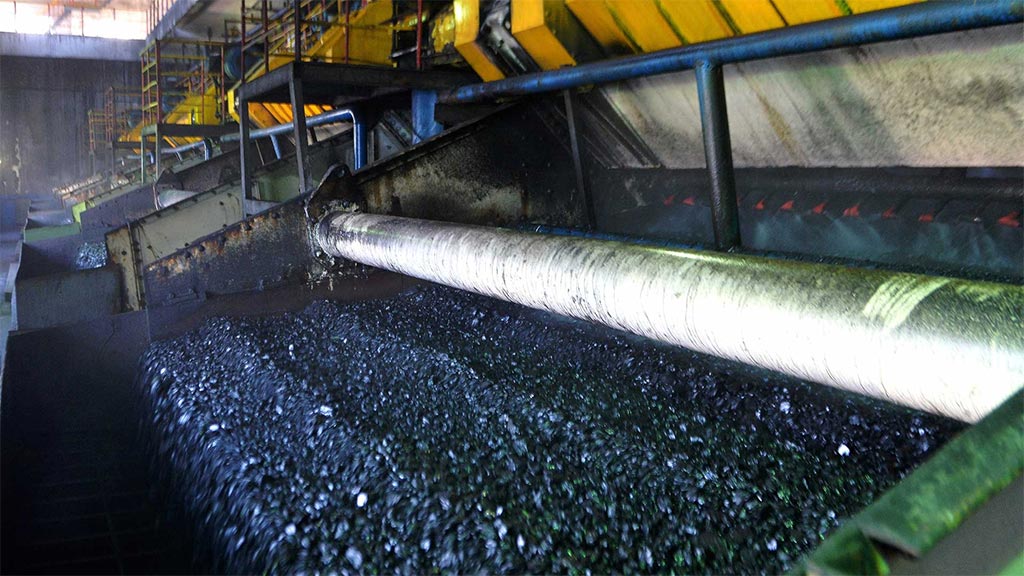
Coal washing wastewater contains oil, fine coal powder, and clay suspended solids, which have strong suspension characteristics in water. Therefore, it is difficult to remove substances from water using natural precipitation methods. Moreover, coal washing wastewater has high chromaticity, turbidity, and chemical oxygen demand. Many coal washing plant customers are very worried about the treatment of coal washing wastewater. Here, SECCO Environmental Protection will explain how to effectively treat impurities in water by using polyacrylamide to reduce wastewater to clean water.
Saike Environmental Protection has found in multiple experiments that using flocculation method to treat coal washing wastewater can reduce water consumption costs, recover coal slurry to reduce coal loss, and protect the environment economically. It is suitable for use in various large, medium and small coal washing plants. Many customers do not know how to choose polyacrylamide when they first use it, and the treatment of wastewater from different coal mines in different regions is also different. Therefore, some may not be treated thoroughly. At this time, it is necessary to conduct water sample testing and select suitable products. After the coal slag in the sewage is separated, the coal slag can be sold, and the treated water quality can also be recycled. During the process of coal washing, the pH value of the wastewater may become acidic. You can first adjust the pH value to around 7, and then use a suitable polyacrylamide to separate the water and coal slurry powder.
If you are interested in our products or have any questions, please fill in the form below. We will contact you immediately after receiving it. Thank you for your choice